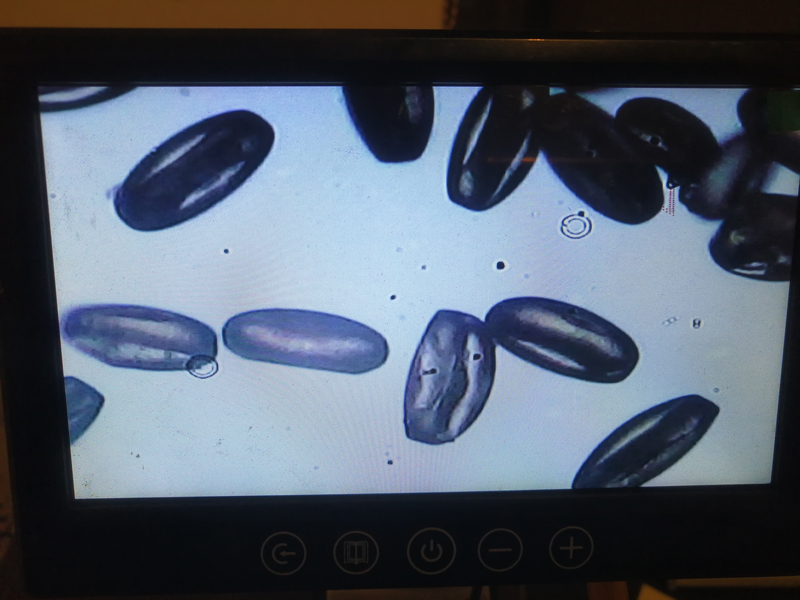Dec . 03, 2024 10:43 Back to list
best plum pollen for pollination
The Best Plum Pollen for Pollination Enhancing Fruit Set and Quality
Plum trees, cherished for their delicious fruits, rely heavily on effective pollination to ensure a bountiful harvest. To achieve optimal pollination, choosing the right plum pollen is critical. This article will explore the significance of plum pollen, the best varieties for pollination, and how to effectively manage pollination for enhanced fruit quality and yield.
Understanding Plum Pollination
Plum trees can be categorized into two main types European plums (Prunus domestica) and Japanese plums (Prunus salicina). Each type has varying pollination requirements. Many plum varieties are self-pollinating, meaning they can set fruit without the need for another tree's pollen. However, cross-pollination can significantly improve fruit set, size, and flavor. Therefore, understanding which plum pollen to use and when is essential for maximizing yields.
The Importance of Choosing the Right Pollen
The choice of pollen can directly influence the viability of the fertilization process, potentially affecting the quality of the fruit produced. Selecting compatible pollen from the right species increases the chances of successful fertilization, leading to healthier fruits. Some key factors to consider when choosing plum pollen include
1. Compatibility It's essential to choose pollen from varieties that share similar bloom times with the target plum tree. This synchronization ensures that the pollen is viable when it reaches the stigma.
2. Genetic Diversity Utilizing pollen from a genetically diverse range of plum varieties can enhance fruit quality. Genetic diversity helps reduce the risk of disease and pest infestation, leading to healthier trees.
3. Pollen Quality Fresh, viable pollen is crucial for successful pollination. Pollen will degrade over time, especially if not stored correctly. Thus, utilizing fresh pollen collected during peak bloom is advisable.
Best Plum Varieties for Pollen
When considering the best plum pollen for pollination, the following varieties stand out due to their exceptional fertility and compatibility with various plum species
1. Stanley A European plum variety, 'Stanley' is known for its excellent fruit quality and high yield. Its flowering period coincides with many other varieties, making it an ideal candidate for cross-pollination.
best plum pollen for pollination

2. Methley This Japanese plum variety produces sweet, juicy fruits and has a robust pollination ability. It is often used to enhance yields in other plum varieties, particularly in temperate regions.
3. Satsuma Another popular Japanese plum, 'Satsuma' is renowned for its large, flavorful fruits. It blooms at the same time as Methley, making them excellent partners for cross-pollination.
4. Shiro Well-known for its early bloom time, 'Shiro' can effectively pollinate other varieties while also producing sweet, yellow plums that are highly sought after.
5. Eldorado This is a self-pollinating variety, but yields are significantly improved when it is cross-pollinated with other varieties. Its compatibility with many other plums makes it a valuable addition to any orchard.
Best Practices for Plum Pollination
To ensure successful pollination, consider implementing the following best practices
- Assess Bloom Times Always check the bloom times of your plum varieties. Cross-pollination is most effective when the pollen is available during the flowering period of the target variety.
- Diversity in Planting Planting multiple varieties of plums in proximity increases the likelihood of cross-pollination. This arrangement not only boosts yields but also enhances the quality of fruit produced.
- Regular Maintenance Healthy trees are more effective at pollination. Regular pruning, fertilization, and pest/disease management are essential components of good orchard maintenance.
- Hand Pollination In small orchards or backyard gardens, consider hand-pollinating using a brush or cotton swab to increase the likelihood of successful fertilization. This method is especially useful in years with less-than-ideal pollinator activity.
Conclusion
Selecting the best plum pollen for pollination is a critical step in cultivating healthy and productive plum trees. By understanding bloom times, ensuring genetic diversity, and applying effective orchard practices, growers can significantly enhance fruit set and quality. Utilizing the right plum varieties for cross-pollination not only increases yields but fosters a thriving ecosystem within the orchard, ultimately resulting in sweeter, juicier plums for everyone to enjoy.
-
Pollen Peach Tree for Pure Pollination and High-Quality Peach Pollen
NewsJul.30,2025
-
Premium Cherry Pollen for Pure Pollination & Different Types
NewsJul.30,2025
-
Artificial Pollination Solutions for Various Plant Pollen Types
NewsJul.29,2025
-
Artificial Pollination Solutions for All Plant Pollen Types
NewsJul.29,2025
-
Premium Plant Pollen for Pure Pollination & Pollen Block Solutions
NewsJul.29,2025
-
Artificial Pollination Solutions for Efficient Crop Yields
NewsJul.28,2025